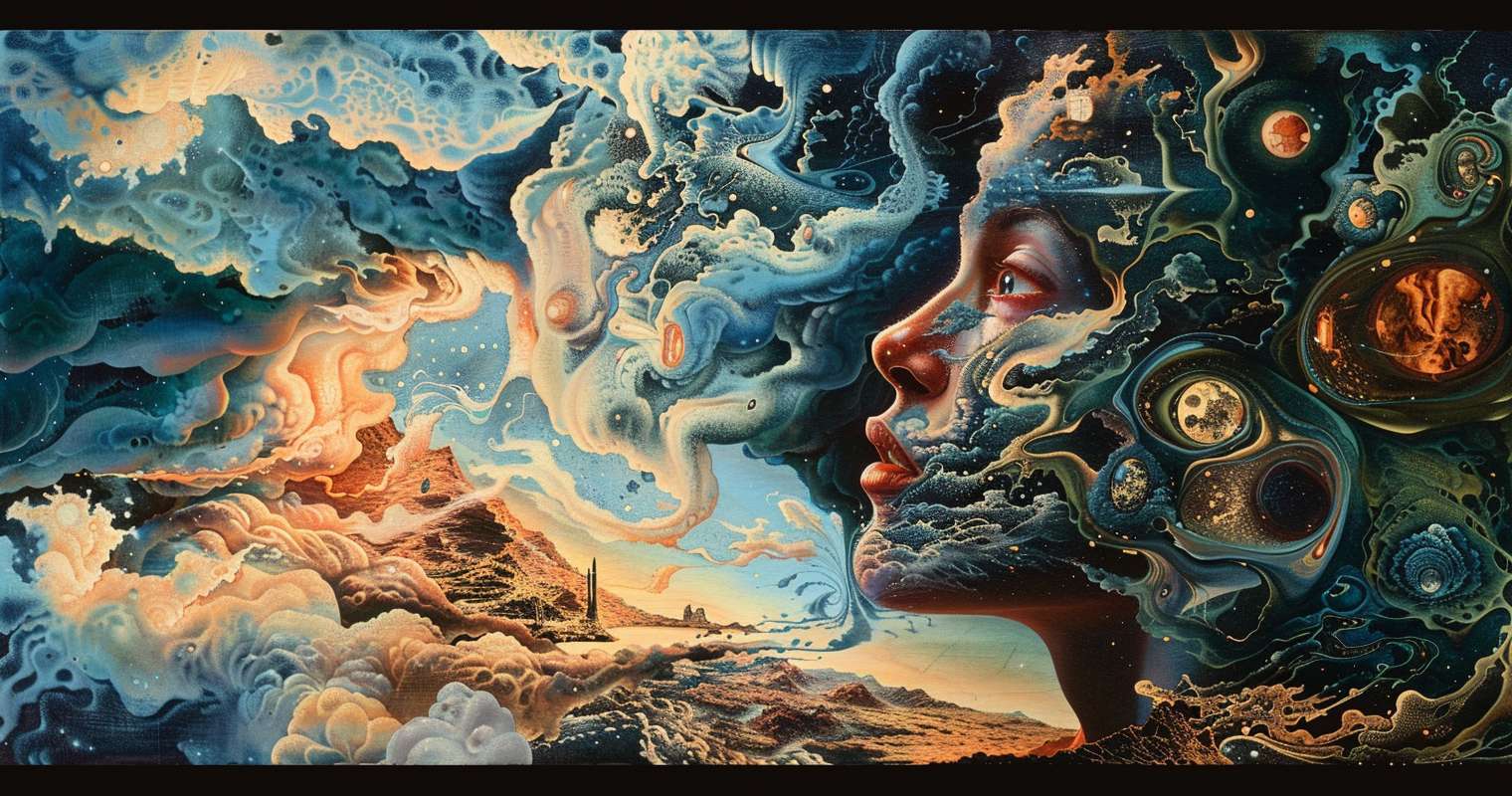Dive into the “Elements of Art Quiz” and unlock a world of creativity. This quiz offers a unique opportunity to explore the fundamental building blocks of visual art. By participating, you’ll gain insights into key concepts such as line, shape, form, color, space, texture, and value.
Discover how these elements interact to create stunning masterpieces. With each question, you’ll deepen your understanding of how artists use these tools to convey emotions and ideas. This exploration will enhance your appreciation of art, whether you’re an artist, a student, or an enthusiast.
Engage with the questions, and learn how different elements can change the perception of an artwork. This quiz is not just a test of knowledge; it’s a journey into the heart of artistic expression. Take the quiz today and see the world of art through a new lens.

Elements Of Art – FAQ
The elements of art are the foundational components used by artists to create and analyze visual artworks. They include line, shape, form, space, color, value, and texture. Each element has its own characteristics and contributes to the overall composition, allowing artists to express their creativity and communicate ideas effectively.
Line is crucial in art as it defines shapes, forms, and spaces. It directs the viewer’s eye and can convey movement, emotion, and structure. Different types of lines, such as horizontal, vertical, diagonal, and curved, can create varied effects and contribute to the overall mood and composition of the artwork.
Color significantly impacts an artwork by evoking emotions, setting the tone, and creating depth. Artists use color theory, which includes the color wheel and concepts like complementary and analogous colors, to create harmony and contrast. The use of warm and cool colors can also affect how the viewer perceives the piece.
Texture refers to the surface quality of an artwork, whether it is smooth, rough, soft, or hard. It can be actual (tactile) or implied (visual). Texture adds depth and interest, allowing viewers to feel a sense of touch and engagement. It enhances the realism or abstract nature of the piece.
Shape is a two-dimensional, flat area defined by boundaries, such as circles or squares. Form, on the other hand, is three-dimensional, encompassing volume and depth, like cubes or spheres. While shapes are often used in drawings and paintings, forms are more common in sculpture and other three-dimensional works
